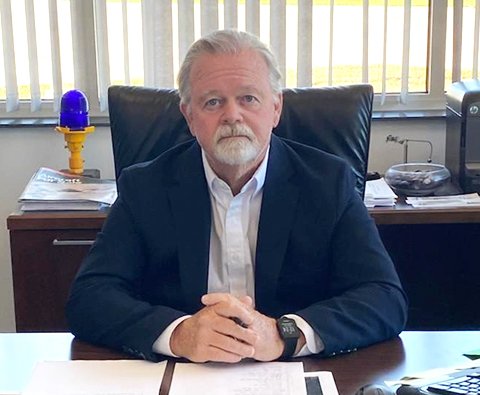Gary R. Shafer, Airport Manager of the Southern Illinois Airport, has announced his retirement, effective March 31, 2025. Shafer has dedicated 45 years to the airport, with 43 of those years as Airport Manager. With only two airport managers in the airport’s 74-year history, Shafer is recognized as one of the longest-serving airport managers in the United States.

Under Gary’s leadership, the Southern Illinois Airport has experienced significant growth and development. Since he began his tenure in 1979, Gary has been instrumental in attracting over $120 million in facility improvements, supported by substantial federal and state grant funds.
The airport’s campus has doubled in size to 1,200 acres and tripled its number of buildings to 30. Today, 20 tenants, including the prestigious Southern Illinois University Aviation and Automotive programs, the National Guard Readiness Center, a full-service restaurant and brewery, and several aviation industry service providers, including a major airline aircraft maintenance firm, call the airport home.
A key milestone during Gary’s tenure was the addition of a third runway, further enhancing the airport’s capacity and operational efficiency. As a result of these efforts, Southern Illinois Airport (KMDH) now ranks as the fourth busiest airport in the State of Illinois.
Gary, a licensed pilot, pursued his education at Florida Tech, The Ohio State University, and Southern Illinois University. He has an extensive background in aviation education, having taught both undergraduate and graduate-level aviation courses at Southern Illinois University for over 25 years. His teaching career spanned both the Carbondale campus and various off-campus locations across the country until his retirement from teaching in 2023.
Throughout his career, Gary was actively involved in professional organizations, including the American Association of Airport Executives (AAAE), the Transportation Research Board’s Airport Cooperative Research Program (TRB/ACRP) and the National Air Transportation Association. He also contributed his time to numerous local and state non-profit organizations.


